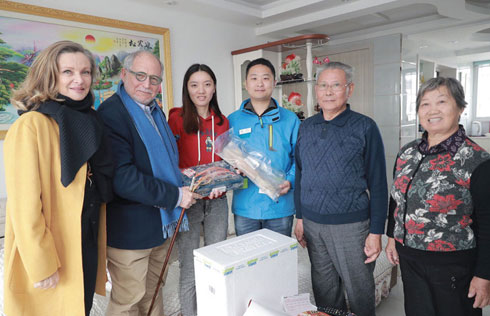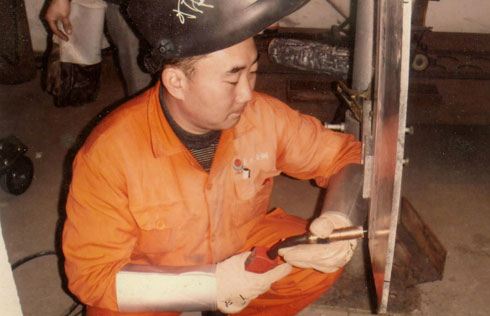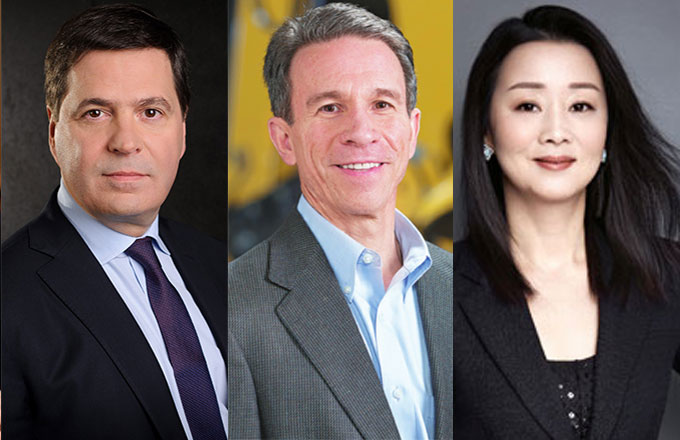High-tech park rethinks future

|
 |
As a pioneer of China's national high-technology zones,
As a technology and innovation hub, Zhongguancun is a household name in China. But as the worldwide technology revolution is invigorating the 105 national high-technology parks and an even larger number of new, lower-level parks, the one-time bellwether is rethinking its strategy.
At a recent gathering of high-technology parks nationwide, representatives of most parks boasted about how many companies they had and the level of annual corporate revenues. The report submitted by Haidian Science Park, the core area of Zhongguancun, was one of the few that took a serious look at the prospects for science parks.
This is not because the growth of the park has stagnated. On the contrary, the business is growing robustly.
In 2012, more than 10,000 hi-tech companies generated revenues of 1 trillion yuan ($160.6 billion) from January to November, up 20 percent over the previous year. But the governors of the park have a sense of crisis.
"I think we have to rethink a series of basic concepts that were taken for granted. For example, what is a corporation? How about using Web 2.0 to build better next-generation government services?" said Zhang Xiuying, deputy director of the administrative committee of HSP.
Pressing questions in her mind include: in terms of "innovation function", how to shift from "infrastructure" to "functional planning"? In terms of innovation policies, how to shift from the previous "18 preferential policies" to "one plus six inward-stimulating polices"? In terms of "innovation orientation", how to shift from "full production in whole chains of industries" to a "focus on the human life for long run"?
In general, the question is how to change from a "science park" to a world-level "innovative downtown"?
Noble origin
Located in northwestern Beijing where colleges and universities gather, HSP had unparalleled conditions for development from the start.
In the area, there are 78 colleges and universities, including Peking University and Tsinghua University. China's two major academies, the Chinese Academy of Sciences and the Chinese Academy of Engineering, are in Haidian.
The area has 312 research institutes, 69 R&D institutes set up by multinational corporations, 35 key labs and 15 high-tech labs. It has intelligence resources that no other Chinese city can compete with.
So it is no wonder that China's first electronics avenue formed here spontaneously, without government planning, in the 1980s. Zhongguancun's status was officially recognized in May 1988 when China's first science park was built there.
It has since nurtured nationally famous brands like Lenovo, Stone, Founder, Tsinghua Tong Fang and Netease. By the late 1990s, it was already being compared with Silicon Valley.
But HSP is not another Silicon Valley, where high-tech start-ups have spontaneously gathered, generating an industrial agglomeration effect. The evolvement of the administrator of HSP in itself is a long story.
"We had a feeling that our model should be different from other 'economic development zones' that were popular at that time. We also felt that though we should learn from overseas, their models could not be directly copied," recalled Zhang, who joined the HSP administrative committee in 1988.

























